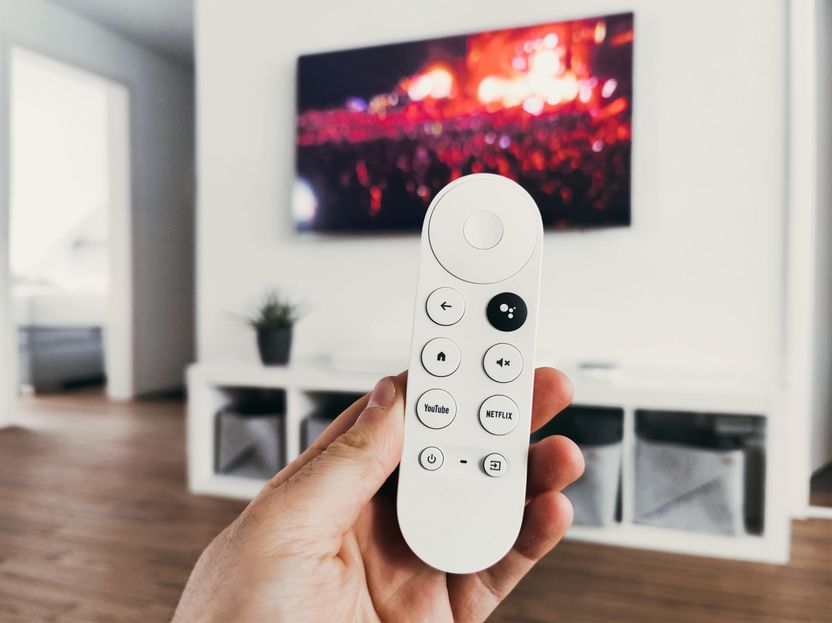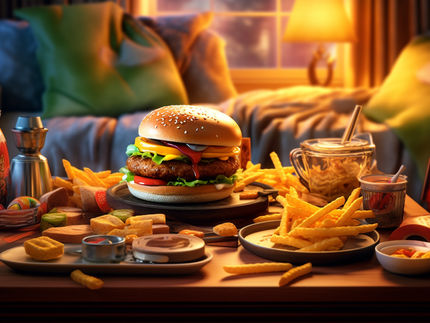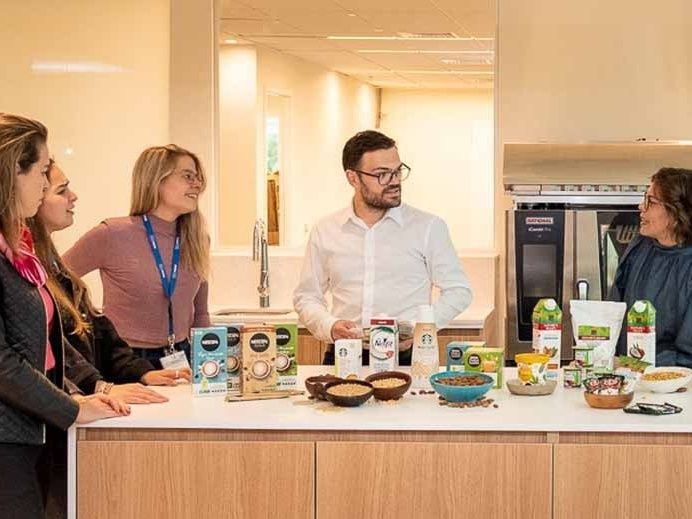Alcohol, tobacco, and junk food common on reality TV shows
A new paper in the Journal of Public Health, published by Oxford University Press, indicates that alcohol and tobacco products, in addition to foods high in sugar and fat, appear frequently in reality TV programs.

unsplash
Previous research showed that media exposure to alcohol, tobacco, and foods high in fat or sugar is a risk factor for smoking, alcohol use, and unhealthy eating in young people. Despite regulatory controls around the display of tobacco and alcohol on television, such imagery remains widespread in prime-time television programs. Reality TV, while not specifically targeted at children, appeals to young people by providing a form of escapism and aspirational realism for viewers.
Researchers here looked at a sample of 20 reality tv programs broadcast from 2019 to 2020 in English-speaking countries to try to assess the potential exposure children have to tobacco, alcohol, and foods high in sugar and fat on popular television shows. They measured the number of one-minute intervals containing tobacco, alcohol, and junk food imagery, including actual use, implied use, and product-specific branding. They found that tobacco content appeared in 2% of intervals across 2% of episodes viewed. Alcohol appeared across 39% of intervals and 98% of the episodes studied. Foods high in sugar and fat appeared in 13% of intervals viewed across 88% of episodes studied.
While tobacco branding was rare, researchers found alcohol branding (149 different brands) in 46% of episodes. The most common was Peroni, appearing 101 times. The researchers found junk food branding (93 different brands) in 39% of episodes. The most brand was Coca Cola, which appeared 87 times.
The researchers combined the data from a sub-sample of 15 series with audience viewing figures and population data and estimate that these series delivered approximately 157.4 million tobacco, 3.5 billion alcohol, and 1.9 billion HFSS impressions to the UK population, including 24 thousand, 12.6 million and 21.4 million, to children respectively.
Researchers found significantly more tobacco and junk food content on broadcast TV than on Netflix programs, though there was no significant difference in alcohol content. The researchers also found no substantial variance in the amount of tobacco use and branding shown between the different countries studied, but they did find significantly more intervals containing alcohol and junk food content in programs from the United Kingdom compared to reality TV made in the United States or Australia.
“The current study provides evidence that reality TV programmes are a significant source of exposure to tobacco, alcohol, and junk food imagery,” said the paper’s lead author, Alexander B. Barker. “These programmes are widely viewed and seen by young people and the nature of reality TV, with its inspirational role models, is likely influencing smoking, drinking, and food consumption choices in young people. The current regulations around the depiction of this imagery in popular programmes are not sufficient and need revising to prevent youth exposure.”
Original publication
Most read news
Other news from the department science

Get the food & beverage industry in your inbox
By submitting this form you agree that LUMITOS AG will send you the newsletter(s) selected above by email. Your data will not be passed on to third parties. Your data will be stored and processed in accordance with our data protection regulations. LUMITOS may contact you by email for the purpose of advertising or market and opinion surveys. You can revoke your consent at any time without giving reasons to LUMITOS AG, Ernst-Augustin-Str. 2, 12489 Berlin, Germany or by e-mail at revoke@lumitos.com with effect for the future. In addition, each email contains a link to unsubscribe from the corresponding newsletter.






























































